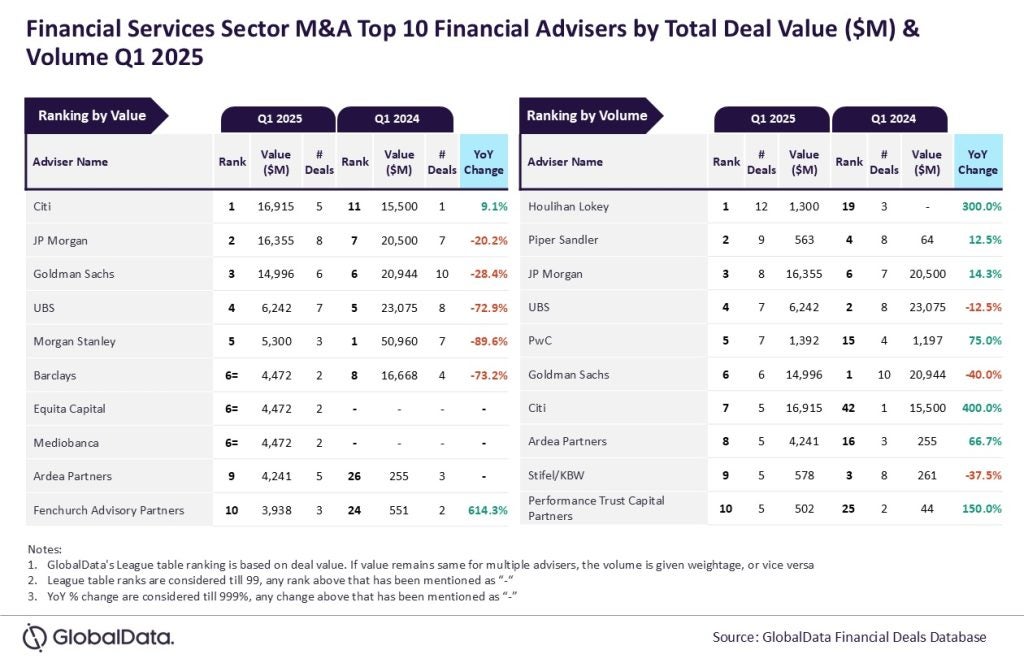Banks across the world
are feeling increasingly under pressure to integrate the
disciplines of anti-money laundering prevention and fraud
protection into one unit, but two new Aite Group reports find that,
while this marriage is not taking place any time soon, the vendor
market for it is growing steadily.
 Regulatory
Regulatory
requirements and the rapid change in banking technology is putting
US banks under pressure to merge their anti-money laundering and
fraud protection units. Just how much significance are banks
placing on integration of fraud and anti-money laundering (AML)
software? The mélange of AML and fraud has already been called a
‘best practise’ by the head of the US Financial Crimes Enforcement
Network late last year.
Aite Group’s report titled
AML and Fraud: Don’t Order the Wedding Cake Yet found that
data sharing would be the next frontier of AML and fraud
protection, in the next two years or so. But to date, there are few
successful mergers of the two disciplines.
Based on its report,
Global Anti-Money Laundering Vendor Evaluation: A Reinvigorated
Market, Aite Group expects regulatory fines for violations of
AML guidelines to increase further in  line with the
line with the
rapid change in banking technology, in particular payments and
messages.
Last year, such fines
amounted to $800m – putting institutions under pressure to deploy
the right software. Yet, almost a third of banking executives
around the world admitted to having no plans to integrate AML and
fraud functions, with a further fifth saying they did not plan to
do so in the next two years.
More than a fifth admitted to
have tried and failed at the integration of AML and fraud functions
software, although a quarter of executives said their respective
banks had achieved “some level” of integration (see pie
chart).
The integration of those
disciplines is clearly not as easy as it may seem initially: Aite
Group identified methodology, organisational incentives and
delivery mechanism as the key differences between the AML and fraud
discipline.
Merging both disciplines
could thus lead to a culture clash, as the employees from each
section have different backgrounds: legal or compliance in AML and
operational or law enforcement on the fraud side.
Although both section,
obviously, have to satisfy and meet regulatory targets, their
processes in achieving that differ, with AML units complying with
rules and fraud units preventing money losses.
Most importantly, Aite Group
highlighted, AML is mostly a batch process – unlike fraud
protection/prevention, which needs to be executed in
real-time.
This, however, does not
equate impossibility of the desired unity of AML and fraud
protection: Vendors are the clear winners in this challenge, as
Aite Group estimates the global AML transaction monitoring software
market to grow from $450 by over 53% by 2015.
In a separate report on
banking trends last month, Aite Group identified AML solutions as
the second top vendor solution that banks deployed.
Only document management
solutions were given a higher priority and AML ranked the third
likeliest area banks’ IT executives were likely to increase
spending, or at least not cut the budget.
In its latest reports, Aite
Group found that almost half (45%) of the financial institutions
expect spending on such AML software to increase, and not just for
technology, but also staff in the next two years.
Broken down by regions, 62%
in Europe and 73% of banking executives in the Asia-Pacific region
expected AML software spending to remain high or
increase.
In the US, one in three
expect AML spending to be moderate and none of the banks expect it
to decrease.
Aite Group predicted that the
current AML software market would grow a compound annual growth
rate of 9%, reaching $690m in 2015 (see bar chart,
above).
In the more mature markets of
Europe and the US, financial institutions, according to the report,
will replace outdated solutions, with the smaller banks moving from
manual processing to automated solutions.
Aite Group’s reports
highlighted the urgency for banks to ask vendors for a sandbox (a
safe ‘area’ for running scripts so users can decide whether to
allow particular actions or not) to test and measure unintended
consequences before they introduce a software as some vendors
re-invest as little as 3% of the total revenue for research and
development.
The level of the re-invested revenue is usually a key
indicator for a solution’s long-term viability. These levels varied
significantly among vendors, however, with some investing as much
as 45%.







